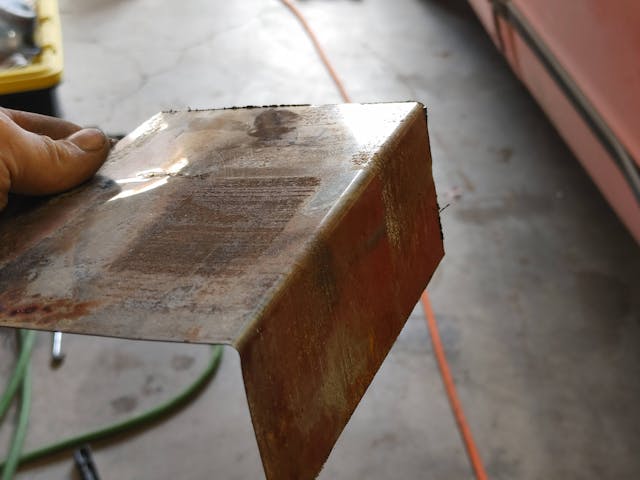Wrenchin’ Wednesday: How to build a simple sheetmetal brake

We’ve poked at bending sheetmetal in a previous installment of Wrenchin’ Wednesday, but today we’re going to talk about how to build your own sheetmetal brake for the sake of getting crisp, precise edges on custom-fabricated parts. Hammering metal around a form is effective, but can leave behind apprentice marks, leave an inconsistent edge, or just be a flat-out pain in the backlite to get the bend started. Brakes do two things here to solve that, one is to clamp the sheetmetal securely against a sharp edge for its form, while also putting the bending/working surface on a solid axis, both of which make the bends tighter and more accurate.
For today’s project, you’ll only need a stick of angle-iron, a couple of hinges, and enough nuts and bolts to pile it all together. For the sake of time, our example was built out of thin 11-gauge stuff from the hardware store, and thus it’s only capable of bending thin sheetmetal, perhaps up to 1/8th-inch, definitely use thicker angle-iron and larger hardware for your own build if you plan on bending anything substantial, but the design and steps are practically the same.
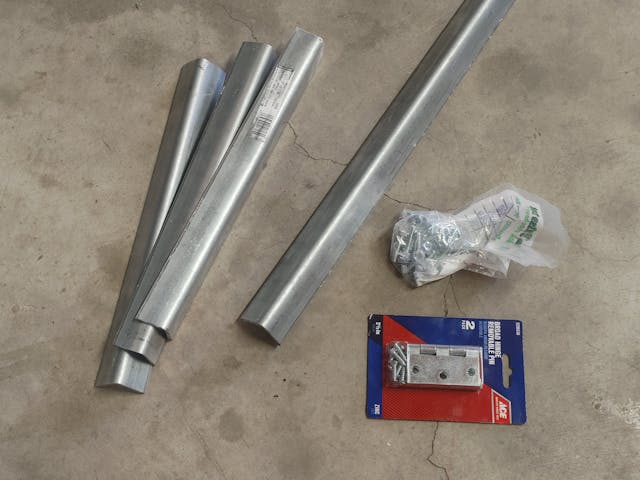
Three pieces were cut at equal lengths, first. This will provide the clamping and bending halves of the brake.


Next, the two main halves of our brake were clamped into place with even spacing between them (using driver bits, here) to give room for the hinge. You’ll want the pivot of the hinge to face down so that its flat side is against the sheetmetal during the bend, putting the axis of the hinge close to where the bend will form on the sheetmetal.
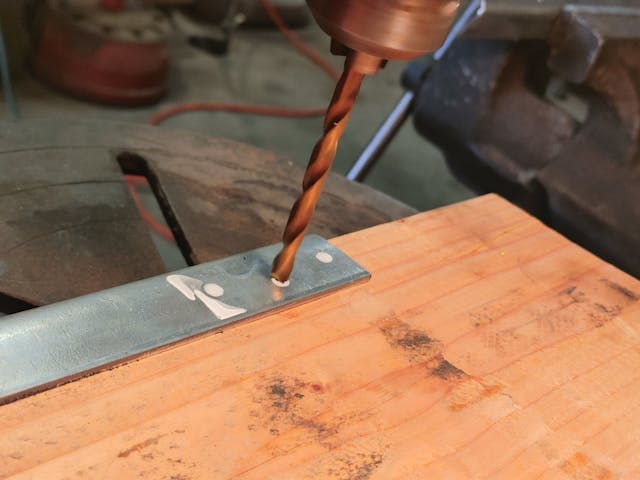
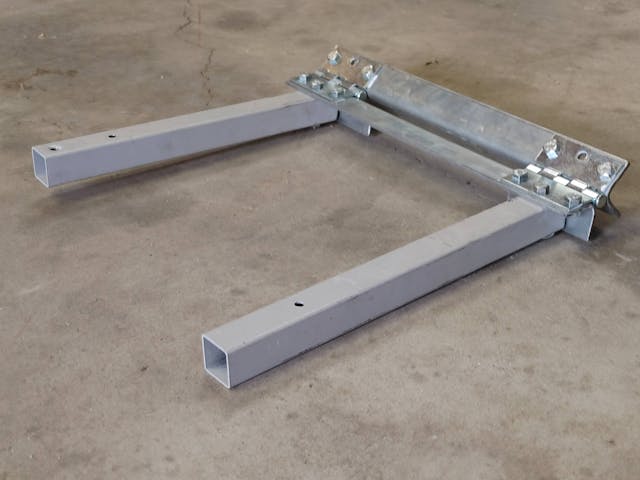
A couple of pieces of scrap tubing were used for handles, and the main structure was bolted together after cleaning up the rough-cut edges.
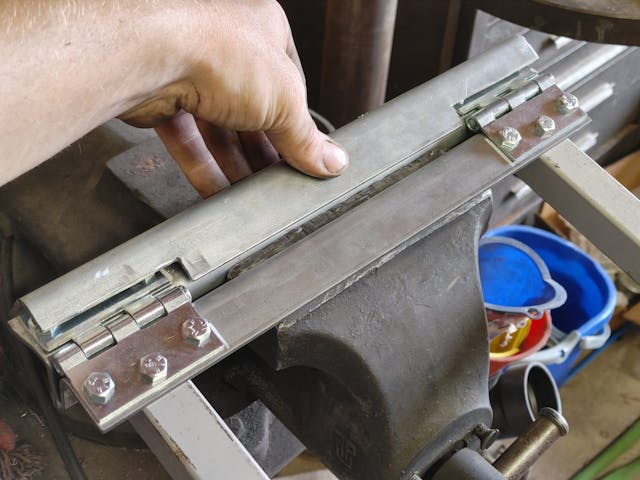

The clamp was made out of the third section of angle iron, with notches cut to clear the hinges and holes drilled for the bolts and wing nuts that’ll provide the holding force.


And that’s all there is to it for this basic sheetmetal brake—just a pair of hinges, a clamping surface, and your bending surface. Again, if you want to bend sheetmetal thick enough for brackets and bodywork, you’ll need to beef up this rig with thicker sections of angle iron, but hopefully this bolt-together design serves well in a future project.
